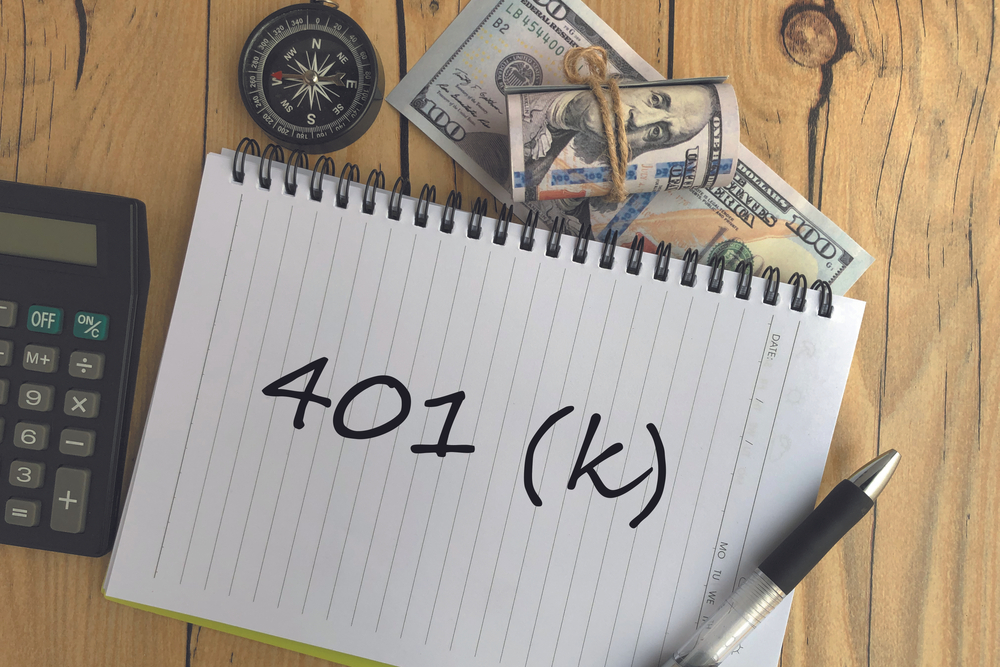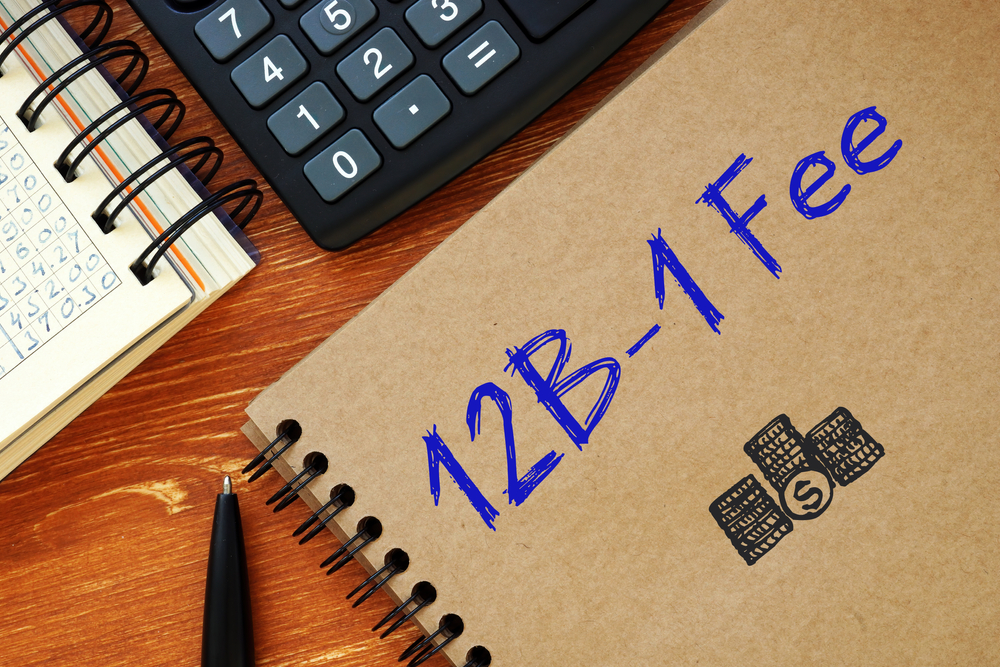If you want to spend your golden years peacefully, you should watch out for these hidden retirement costs!
You’ve probably heard experts say multiple times that you need to start saving and investing as early as possible to live comfortably and carefree when you’re older. Even though you try your best to plan for the following years, hidden retirement costs could wreak havoc on your strategies.
Besides consulting fees, you might find yourself dealing with different costs, such as fees to advise, fees to trade, and even huge taxes. If you want to avoid wasting money during your golden years, you need to be prepared for what might be coming next. That means doing research, having a plan B, and adapting to potential changes.
And since we want to help you live your best life, we’ve talked to financial experts and discovered some hidden retirement costs. Read more about them here and prepare for your golden years.

1. 401(k) expense ratios
According to financial experts, one of the first things you should pay attention to when you check your retirement account is the expense ratio. This fee is the percentage of the assets deducted each year for fund management expenses.
Several mid to large-sized businesses offer clients 401(k) plans, but many participants are unaware that these aren’t free retirement savings options. High expense ratios in certain funds can gradually eat away at your hard-earned retirement savings. Moreover, detailed explanations of these expense ratios are often lacking, leaving you uninformed about the true cost.
2. Advisory fees
Another hidden retirement cost is advisory fees. They can be a substantial additional cost for retirees who work with wealth management companies or financial consultants. The fees applied for advisor services can be determined by a fixed fee, an hourly rate, or a proportion of the assets under management.
Keep in mind that the language used by financial advisors to explain how much you’re being charged can sometimes be confusing, so don’t shy away from asking questions. Advisors typically refer to small fractions of a percentage point, or basis points. For example, 1% equals 100 basis points, and 50 basis points equal 0.5%.
3. The costs of advisory fees
The third hidden retirement cost is all about advisory fees. Typically, an advisory fee is 1%, but you should know how much 1% of your assets will cost you.
Let’s assume that the value of your portfolio is $500,000. If the advising fee is 1%, that means you’ll pay $5,000 a year. To keep your costs down, don’t forget to compare advisor fees and consider fee-only advisors.
4. Choose funds that have low expense ratios
As you probably know, your expense ratio might be between 0.5% and 2%, and for some people, that doesn’t seem like much. But don’t forget that just as compound interest can grow over time, the same thing can happen to a 2% expense ratio that’s not working in your best interest. Long story short, when choosing a fund for your 401(k), make sure it has low expense ratios to protect your savings and not face hidden retirement costs.

5. 12b-1 fees
We continue with these hidden retirement costs, and this time we’ll talk about 12b-1 fees. One of the most important things to understand before making a mutual fund investment is this: the yearly marketing or distribution fees, or 12b-1 fees, are a component of some mutual funds’ expense ratios.
In the beginning, 12b-1 fees were intended to assist investors by promoting a mutual fund that would result in more affordable costs and bigger assets. However, other experts say that 12b-1 fees can reduce your returns rather than improve the performance of your fund, so make sure you ask questions. Being informed is key if you don’t want to waste money.
6. Why are 12b-1 fees so important?
Did you know that the Securities and Exchange Commission initiated legal action against First Eagle Investment Management in September 2015? The asset management firm was accused of misusing the assets of clients’ mutual funds to pay for the marketing and distribution of fund shares.
According to different sources, the First Eagle dipped deeper into the funds’ assets than allowed under the 12b-1 plan. Moreover, other sources say that Eagle was first required to pay $25 million in compensation to shareholders, along with interest and a $12.5 million fine.
Make sure to research thoroughly when choosing someone to guide your finances. This helps you avoid hidden retirement costs that could impact your golden years and savings.
Did you know about any of these hidden retirement costs? Do you think they could become a problem for seniors in our country? Share your thoughts with us and let’s chat!
7. Annuity fees
Annuity fees are a type of insurance that is all about paying out a fixed sum to the holder each year. They can be a useful product for seniors who want to have a regular income stream for a lifetime.
Keep in mind that commissions from annuity salespeople are among the most popular at high prices. According to sources, these fees are more likely to increase by as much as 10%.
There are also surrender charges, which come into play if you withdraw money in the first few years. The first year’s costs might vary from 7% to 20%. Moreover, annual insurance, investment management, and insurance rider fees on annuities can cost you a lot, so pay attention.

8. Yearly fees
Mutual fund expenses can be divided into two categories: loads and recurring annual fees. Both of these can have a great impact on your returns. Annual maintenance fees typically consist of the 12b-1 fee, administrative charges, and a management fee that’s between 0.5% and 2% of the assets, according to financial experts.
9. What about high-expense rations?
While many people assume that high expense ratios can sometimes mean high returns, that’s not always the case. As experts say, there’s no direct connection between these two. With that being said, even if your ongoing expenses are pretty high, it doesn’t mean you automatically enjoy high returns.
Keep reading to discover other hidden retirement costs!
10. Loads
We continue with these hidden retirement costs, and now we have to talk about loads. As experts say, they’re classified as front-end or back-end. An expense paid at the time the fund is purchased is known as a front-end load. For instance, a $5,000 investment with a 3% front-end load means a $150 sales charge and an actual investment of $4,850.
Deferred sales or redemption fees that apply when a fund is sold before a specific time are known as back-end loading. The longer you wait to sell the fund, the lower the back-end loads usually are.
In the first year, back-end loads typically begin around 5% to 7%, according to experts. Before making any significant decisions, you should be aware that they will decrease to 0% in the following 5 to 7 years. So, what would you do?
Do you know any other hidden retirement costs that we didn’t cover in our list? Let us know in the comments below! If you need more help regarding your retirement finances, here’s a great book to help you out.
If you have any requests for what you’d like to read next, feel free to share them with us in the comments. Did you find this article helpful? We have many other useful tips, so check them out! Here’s one of our best posts: The 7 Best Ways to Save Money on Healthcare









